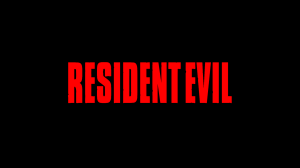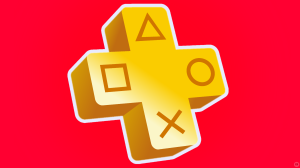Cthulhu: Death May Die is an absolute blast of a board game that combines frantic action and player agency with the inevitable doom and mammoth monsters of cosmic horror. The Cthulhu Mythos is a popular theme of tabletop games, likely because of its innovative mix of horror and otherworldly beasts, and because the characters are in the public domain. Most Cthulhu Mythos games emphasize how otherworldly horrors slowly eat at the player’s sanity while things escalate beyond their control, leaving them with few options. Cthulhu: Death May Die, the new CMON tabletop game by Rob Daviau and Eric Lang, offers a slight alternative to this style of gameplay. While creeping insanity is still an important feature, Cthulhu: Death May Die provides players with characters and actions that can actually take the fight to the cosmic horrors and their minions, turning sessions into fun and insane brawls.
Videos by ComicBook.com
The basic premise of Cthulhu: Death May Die is surprisingly simple. Players must disrupt a ritual summoning an Elder One into this world and then kill it before they either go insane or before the creature is fully summoned. During each round of play, a player can take three actions (such as moving, attacking, or resting), before they draw a Mythos card that typically summons monsters to the board or causes all monsters to move towards the player. If the player is in the same space as a monster after the Mythos card is resolved, the monsters attack. If not, players draw a Discovery Card, which usually provides a helpful companion or item. Once players draw three Mythos cards with a summoning symbol on them, the Mythos deck is re-shuffled and the Elder One moves on a Summoning progression track, taking one step closer towards entering our world. In order to kill the Elder One, players have to first disrupt the ritual to make it vulnerable and then attack it with every skill in their arsenal until it either kills them or until the Elder One reaches the end of its Summoning progression check.
Although insanity plays a part in Cthulhu: Death May Die, it acts as both a strength and a weakness. Each character sheet has an insanity progression track, which players advance whenever they roll a tentacle symbol on one of their dice. When players reach certain points on the insanity track, they level up one of their three special abilities, and gain access to extra bonus dice for all of their attack rolls and other checks. Because players grow more powerful as they grow more insane, there’s a balancing act in play – do players try to intentionally lose their sanity to gain extra abilities, or do they play it cautious so they don’t burn out early in the game?

One of the unique design elements to Cthulhu: Death May Die is its “mix and match” use of Elder Ones and episodes instead of a set scenario or campaign. When setting up a scenario, players choose one episode box and one Elder One box, each of which contains unique components and variant rules. The Episode provides the basic layout of the scenario, while the Elder One provides different complications and monsters that appear when certain Mythos cards are drawn. The mix and match style ensures some extra replayability, especially since CMON has additional Elder Ones available for purchase.
Despite the huge number of components in Cthulhu: Death May Die, the game’s rules are actually quite simple and steer clear of much of the fiddly rules and bookkeeping that plagues these sorts of big games. Almost every relevant rule is explained on either the character sheets or the monster cards, and there are very few rules contradictions or nuances that players might miss that could change how a scenario plays out. I also appreciate that Cthulhu: Death May Die’s episodes are all standalone stories – there’s no campaign to commit to, or even an overly long play session. We finished a three person game in less than two hours, and that included both setup and teardown.
The only real downside to Cthulhu: Death May Die is that the board can get a little crowded at times, making monster health or other elements hard to track. At one point during a game, we had five monsters, two players, and a huge pile of fire tokens all in a tiny room that was difficult to track. Luckily, one player decided to just use an item to injure EVERYTHING in the room, thus quickly cleaning up the mess after just a turn. The relatively simplistic gameplay might also turn off more experienced gamers, although we found that the strategy aspects ramped up considerably once an Elder One was on the board and two of the players were one insanity away from dying.
Cthulhu: Death May Die offers players a fun, quick-paced experience, one filled with amazing miniatures, ample strategic choices, and characters that actually make an impact on gameplay in equal and different ways. This is a great game, one of the best I’ve played this year, and I’ll be battling Cthulhu for months to come as it’ll definitely be a regular game at my table.
Review Score: 5 out of 5









